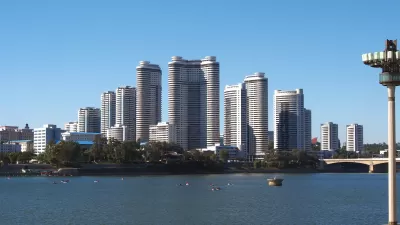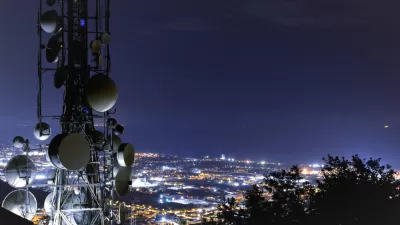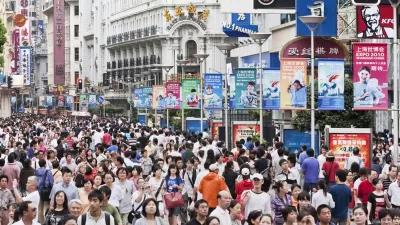While they look clean and green on the drawing board, Asia's planned developments might be nothing more than cloned commercialism set in concrete. By undermining local culture, this 'smart city' approach may also prove unsustainable.

Kris Hartley attacks a recent glut of massive Asian 'smart city' projects: pre-planned and well-branded development ostensibly suited to the global economy.
Like colonial architecture of the past, modern incarnations "frequently overlook the peculiarities of indigenous culture in favour of a commodified landscape designed to serve commercial interests. When thoughtfully considered, the term 'smart city' often proves to be a veil for standardised planning visions that are neither smart nor culturally attuned."
Though they are advertised as connected, sustainable, and clean, Hartley writes that many of these cities "appear to be little more than postmodern takes on Corbusian monumentalism, with broad highways bisecting districts of tower blocks. Furthermore, a critical element is missing: culture."
Design alone, and lip service paid to an aesthetic environmentalism, merely replicates harmful globalizations of the past. For planned cities to truly prosper, "In commercial terms, authenticity is a competitive advantage, providing experiences for citizens and visitors that are absent in universal, commodity-stock developments. Planners on both sides of urban collaborations should therefore be mindful of cultural dimensions, lest the smart city lose its local wisdom."
FULL STORY: Smart cities and the plight of cultural authenticity

Manufactured Crisis: Losing the Nation’s Largest Source of Unsubsidized Affordable Housing
Manufactured housing communities have long been an affordable housing option for millions of people living in the U.S., but that affordability is disappearing rapidly. How did we get here?

Americans May Be Stuck — But Why?
Americans are moving a lot less than they once did, and that is a problem. While Yoni Applebaum, in his highly-publicized article Stuck, gets the reasons badly wrong, it's still important to ask: why are we moving so much less than before?

Using Old Oil and Gas Wells for Green Energy Storage
Penn State researchers have found that repurposing abandoned oil and gas wells for geothermal-assisted compressed-air energy storage can boost efficiency, reduce environmental risks, and support clean energy and job transitions.

What Forest Service Cuts Mean for Cities
U.S. Forest Service employees work on projects that have impacts far beyond remote, rural wilderness areas.

North Texas Transit Leaders Tout Benefits of TOD for Growing Region
At a summit focused on transit-oriented development, policymakers discussed how North Texas’ expanded light rail system can serve as a tool for economic growth.

Poorest NYC Neighborhoods Pay Price for Delivery Boom
The rise of ‘last-mile’ e-commerce warehouses — and their attendant truck traffic and air pollution — is disproportionately impacting the most historically disadvantaged parts of the city.
Urban Design for Planners 1: Software Tools
This six-course series explores essential urban design concepts using open source software and equips planners with the tools they need to participate fully in the urban design process.
Planning for Universal Design
Learn the tools for implementing Universal Design in planning regulations.
Heyer Gruel & Associates PA
City of Moreno Valley
Institute for Housing and Urban Development Studies (IHS)
City of Grandview
Harvard GSD Executive Education
Salt Lake City
NYU Wagner Graduate School of Public Service
City of Cambridge, Maryland





























